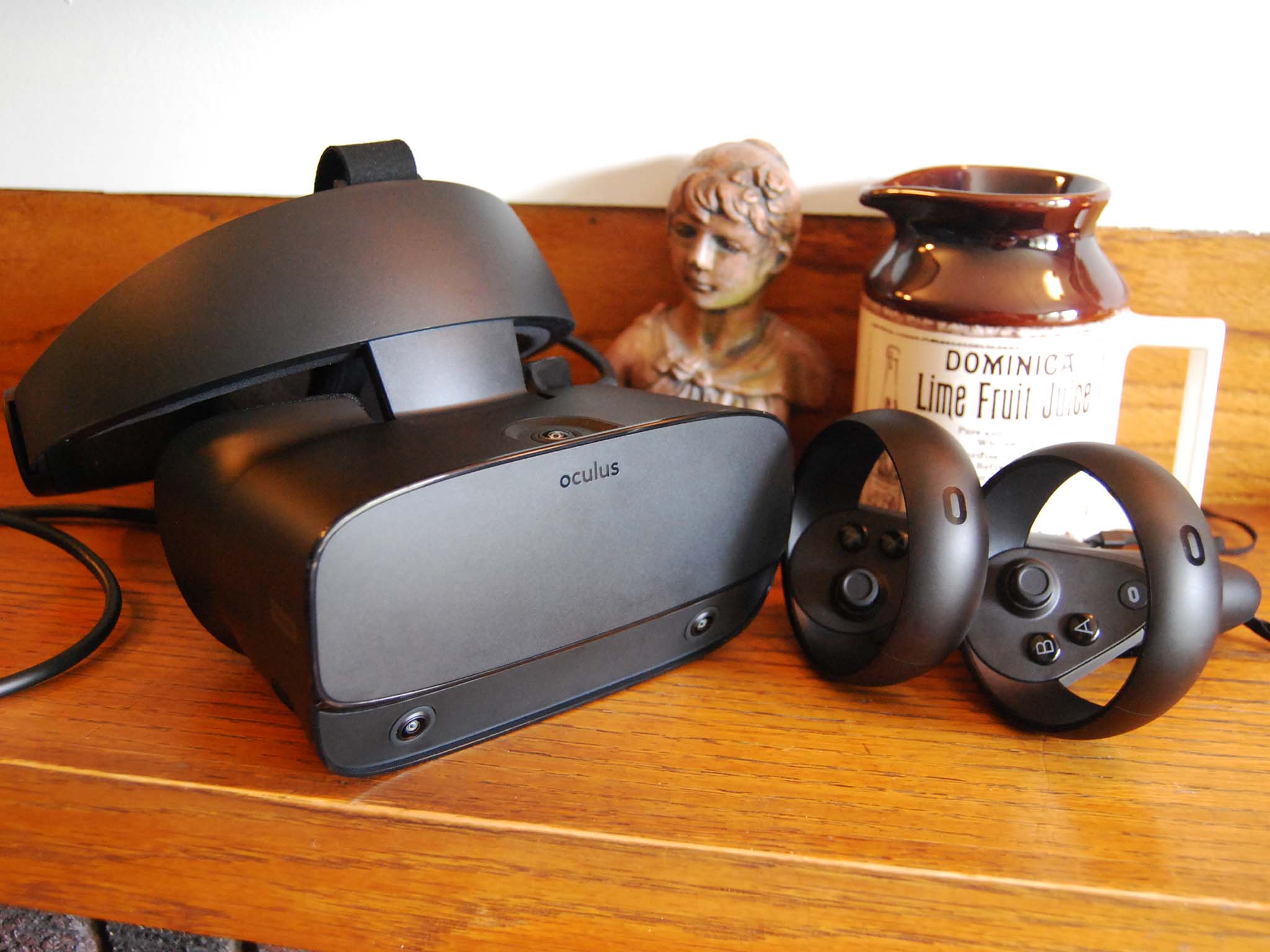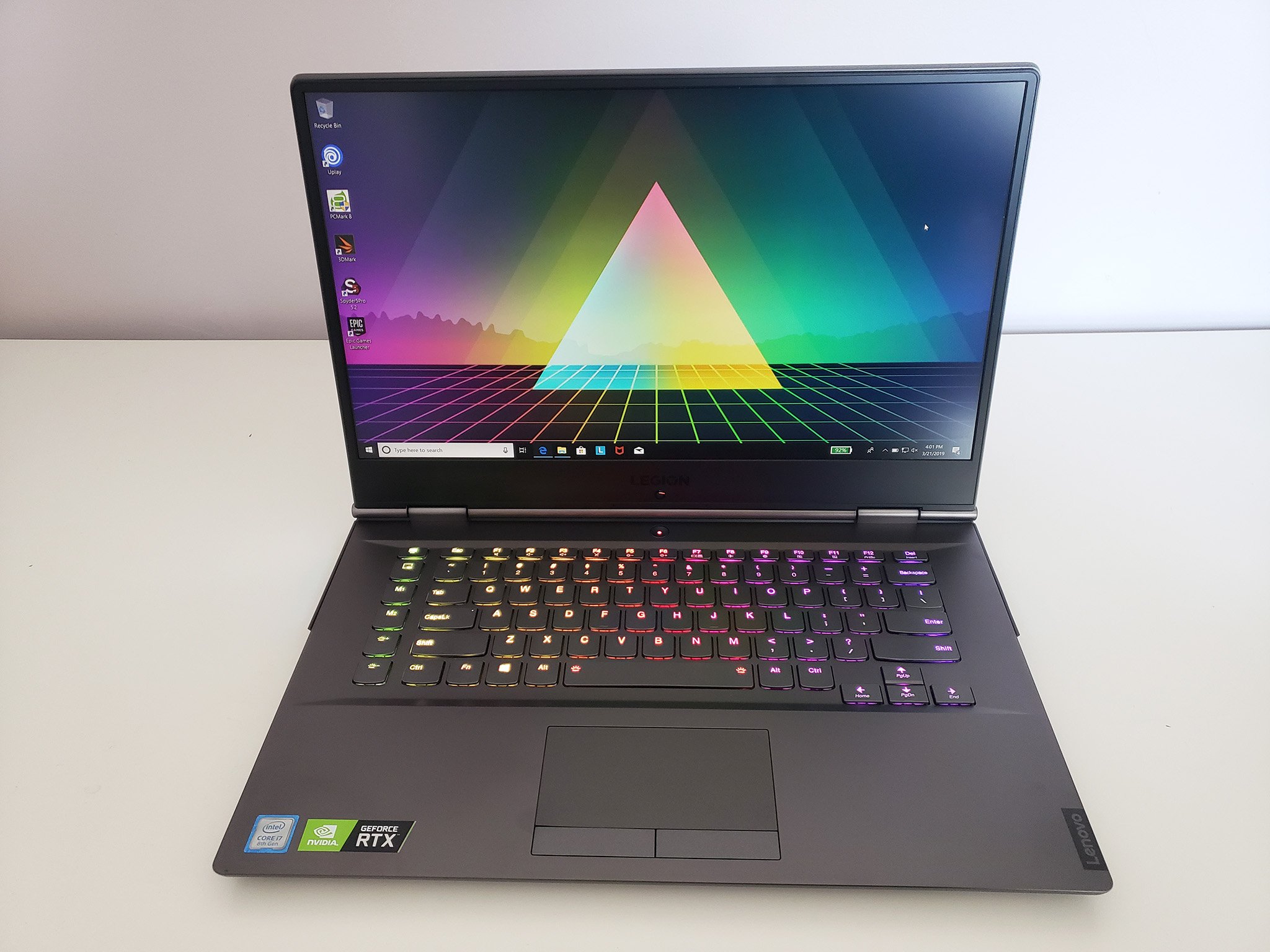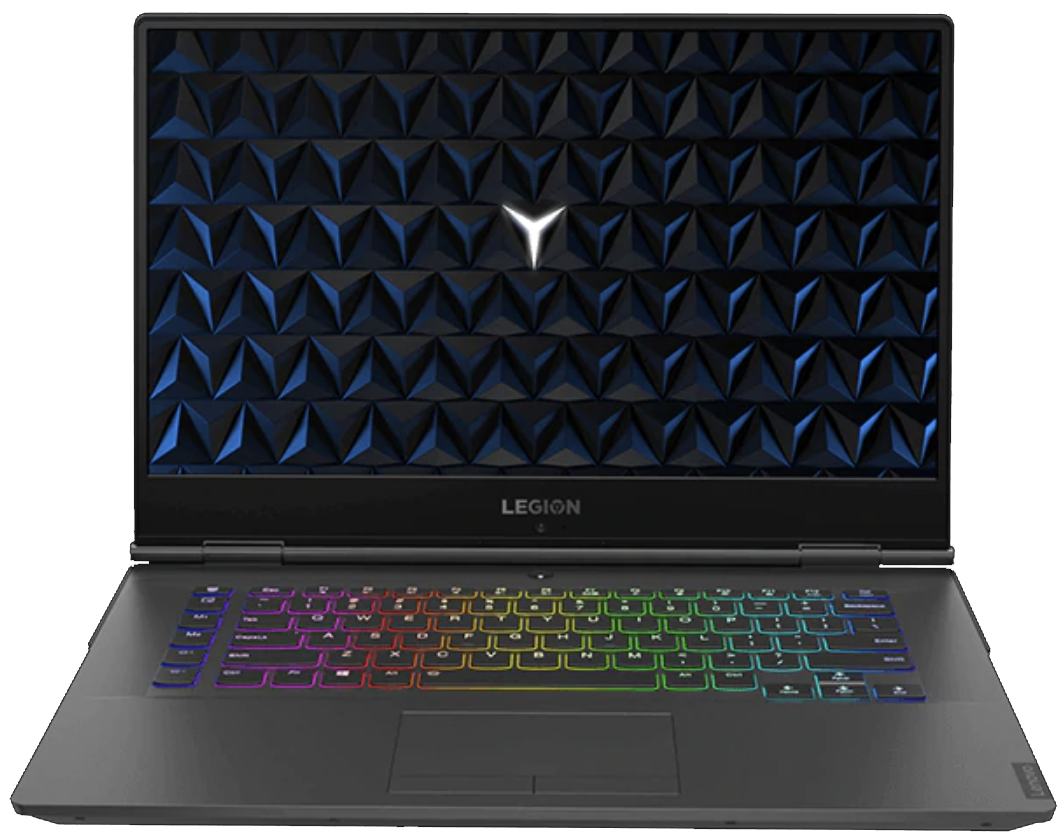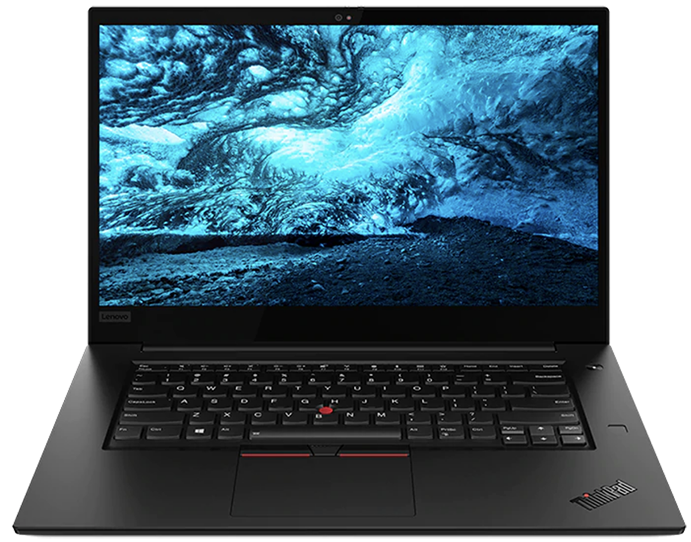
Is Lenovo's ThinkPad X1 Extreme good for use with VR headsets?
What can you expect from the ThinkPad X1 Extreme?
While you're not going to need a PC for most AR headsets found on job sites, there will still be occasions where a VR headset is needed to work with or view certain content. Having a PC that can power VR is a boon, and the X1 Extreme, with its NVIDIA GTX 1650 dedicated graphics card (GPU), will handle low- or middle-end content. However, the GPU is easily outpaced by other hardware out there, including the GTX 1660 Ti and AMD Radeon RX 590.
Though there's no DisplayPort for handling more modern VR headsets, like the Oculus Rift S or Valve Index, the X1 Extreme does include HDMI 2.0 and a couple of USB-A ports for plugging in other headsets. Windows Mixed Reality (WMR) headsets will fare the best here since they don't require extra USB-A ports for external sensors and use USB-A and HDMI for the headset. WMR also requires the lowest level of hardware to run, though many games, apps, and experiences have their own set of recommended specs.
What does a PC need to handle VR?

Minimum and recommended PC specs differ between headsets, but in general, a PC requires a dedicated GPU, multi-core processor (CPU), and at least 8GB of RAM for a smooth VR experience. They also need certain ports in order to connect to the headset and, in some cases, external sensors.
WMR has two tiers of performance — standard and Ultra — with the main difference being the GPU performance. Standard WMR can run on hardware as basic as Intel's HD 620 integrated graphics, while Ultra requires at least an NVIDIA GTX 1060 or greater dedicated GPU. The NVIDIA GTX 1650 in the X1 Extreme will be able to handle standard WMR, but it will likely struggle with WMR Ultra.
The Oculus Rift S and HTC Vive both recommend at least an NVIDIA GTX 1060 GPU and 8GB of RAM, which again sees the X1 Extreme fall a bit short. There's no reason these headsets won't work with the X1 Extreme (the Rift S would require a DisplayPort adapter), but you're likely not going to see a smooth experience while wearing a headset. As for Valve's Index VR system, it's recommended that a NVIDIA GTX 1070 is used, putting it out of reach of the X1 Extreme's capabilities.
Why recommend the Lenovo Legion Y740 15?
Although it's also lacking DisplayPort for connecting newer VR headsets without a dongle solution, Lenovo's Legion Y740 15 brings a similar 15.6-inch form factor and has far better performance hardware options compared to the X1 Extreme.
You can configure a model with up to a NVIDIA RTX 2080 Max-Q GPU that will easily handle even intense VR content, and it keeps its cool thanks to excellent thermals. In our review of the Legion Y740 15, we tested a model with NVIDIA RTX 2070 Max-Q GPU, and it offered up the performance needed for a smooth experience. Even baseline Y740 models come with a NVIDIA GTX 1660 Ti GPU that will easily outperform the GTX 1650 when it comes to VR content.
Get the Windows Central Newsletter
All the latest news, reviews, and guides for Windows and Xbox diehards.

Cale Hunt brings to Windows Central more than eight years of experience writing about laptops, PCs, accessories, games, and beyond. If it runs Windows or in some way complements the hardware, there’s a good chance he knows about it, has written about it, or is already busy testing it.


